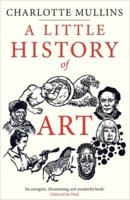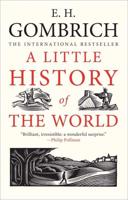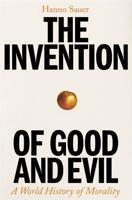Publisher's Synopsis
The history of clocks is a fascinating journey that reflects humanity's quest to measure time accurately. From ancient sundials to modern atomic clocks, the evolution of timekeeping devices has shaped science, industry, and daily life. Here's an overview of the major milestones in clock history:
Ancient Timekeeping (Before Mechanical Clocks)- Sundials (c. 3500 BCE)
- The earliest timekeeping devices, sundials, were used by the Egyptians and Babylonians.
- They worked by casting shadows based on the position of the sun.
- Water Clocks (Clepsydra) (c. 1500 BCE)
- Used by the Egyptians and Greeks, water clocks measured time based on the steady flow of water from a container.
- More advanced versions were developed by the Chinese and Persians with gears and mechanisms.
- Candle Clocks and Incense Clocks (c. 600 CE)
- Used in China and Japan, these clocks burned at a steady rate and marked time increments.
- They were popular in monasteries and homes for keeping track of time in darkness.
- First Mechanical Clocks (c. 13th Century)
- Large mechanical clocks appeared in European monasteries.
- These clocks used weights and gears to move hands or ring bells.
- The Salisbury Cathedral clock (c. 1386) is one of the oldest still-functioning mechanical clocks.
- Pendulum Clocks (1656)
- Invented by Christiaan Huygens, the pendulum dramatically improved accuracy.
- These clocks remained the standard for precise timekeeping for nearly 300 years.
- Pocket Watches (16th Century)
- With the development of coiled springs, watches became portable.
- The first pocket watches were created in Germany.
- Chronometers (1735)
- Invented by John Harrison, marine chronometers allowed sailors to determine longitude accurately.
- These played a crucial role in navigation and exploration.
- Railway Time and Standardization (19th Century)
- As trains became widespread, standard time zones were created to avoid scheduling confusion.
- The first time zone system was introduced in 1884.
- Quartz Clocks (1927)
- Developed by Warren Marrison, quartz clocks used vibrations in a quartz crystal for precise timekeeping.
- Quartz technology paved the way for modern wristwatches.
- Atomic Clocks (1949-Present)
- The first atomic clock was developed in 1949, and later refined using cesium atoms.
- Today's atomic clocks are accurate to billionths of a second and define the international standard of time (UTC).
- Smartwatches and Digital Timekeeping (21st Century)
- Digital and smartwatch technology now integrates clocks with communication, fitness tracking, and AI.
- Modern GPS and internet-based clocks synchronize with atomic time.
Conclusion
From ancient sundials to cutting-edge atomic clocks, the quest to measure time has shaped civilizations, industry, and technology. Today, accurate timekeeping is essential for everything from GPS navigation to scientific research.










